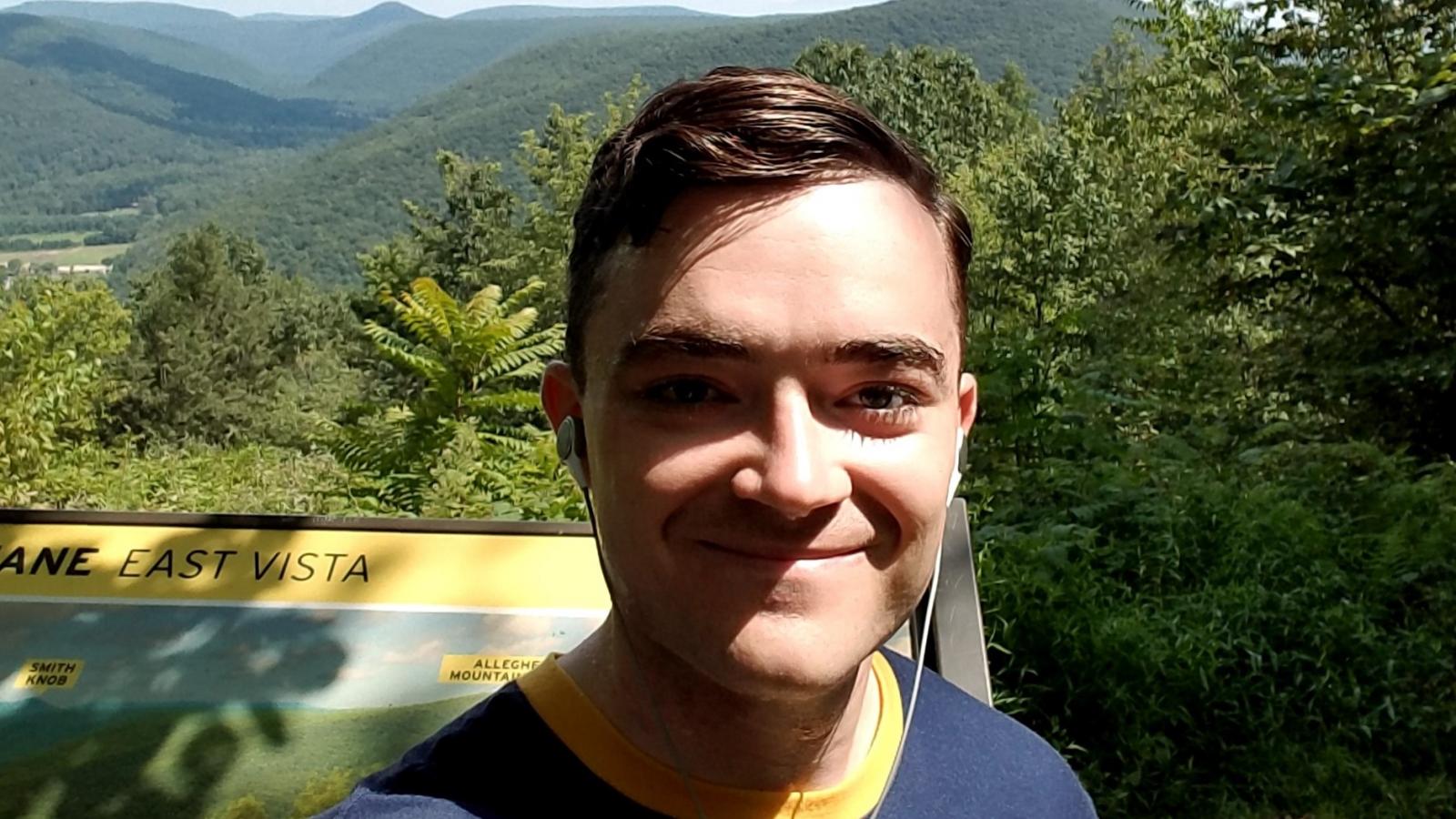Mention the word “flood” these days and most minds turn to Houston. Houston endured over 11 trillion gallons of floodwater when Hurricane Harvey hovered over the city for five days in September, destroying and displacing families and leaving millions of dollars in damage when the water finally receded. Yet flooding reaches far beyond our coastlines. In 2016, the U.S. withstood 19 separate floods, the most in a single year since 1980. And, while wide-spread city damage often dominates the headlines, rural communities bear an equal brunt, particularly those dotting the country’s many rivers. As a community planner specializing in hazard mitigation for Lycoming County in Pennsylvania, where communities deal with economic struggles daily and a major flood every 5 to 10 years, MAPP graduate Josh Schnitzlein (B.A. ’12, M.C.P. ’14) knows the devastation flooding can bring. But he also sees hope; working with federal branches of government down to individual homeowners, Josh is helping rural Pennsylvania communities become “resilient” through structural protection, regulatory tools and flood insurance reform. His latest project, the development of the Pennsylvania Resiliency Center of Excellence (COE), which was partially modeled after UMD’s National Center for Smart Growth, will leverage long-term, sustainable planning to safeguard river line communities. Below, Josh talks about this project, the paralysis of community shock and shares some sage advice from Teddy Roosevelt:
Notable project from this past year: Right now, the planning buzzword seems to be “resiliency”. How can communities recover from hazards and shocks and stressors without compromising long-term development? Shocks can take the form of floods, wind storms, ice jams and wildfires, while stressors could be a growing elderly population, lack of an educated workforce and outdated zoning. I am currently overseeing an initiative to create a role model community for resiliency planning across Pennsylvania. The role-model community is Muncy, where 41% of all commercial and residential structures are in the 100-year floodplain. The desired outcome is for Muncy to showcase how small-scale, rural communities, situated along rivers and creeks, can successfully leverage a whole community approach and incorporate best practices of resiliency in developing their long-term recovery plans. The resilience plan will include strategies for capturing economic development/redevelopment potential; repairing, enhancing and hardening infrastructure through investments; installing green infrastructure, recommendations for innovative land-use strategies; and offering redevelopment incentives that will increase the tax base.
I am also partnering with Pennsylvania Department of Community & Economic Development and The Pennsylvania State University to develop a Pennsylvania Resiliency Center of Excellence (COE) in Muncy. The Center will connect local and state government to non-profits and Non-Governmental Organizations (NGOs), higher education institutions and the private sector in a collaborative effort to foster resiliency at the community level. Several of these COE’s exist across the U.S., but are mainly focused on coastal flooding and climate change. Rural, flood-prone communities in Pennsylvania deal with frequent riverine flooding as a “shock” and slow economic growth as a “stressor”. The PA COE will specifically address riverine flooding and assess how these communities can become more resilient and sustainable through innovate planning measures. I couldn’t help but draw inspiration from the UMD National Center for Smart Growth’s model during my time as a research assistant.
A new tool or technology you cannot live without: My Garmin running watch. I couldn’t imagine lugging my phone around on long training runs to keep track of my mileage.
Innovation/idea for shaping the built environment that you think holds promise: Elon Musk’s Boring Company. Imagine 30 levels of underground highways that can shuttle cars from place to place at more than 120mph. This hyperloop has major kinks to work out but could eliminate traffic congestion altogether.
The last great book you read: There are lot of good books out there. My favorite of all time is The Count of Monte Cristo. As for recent favorites, A Tale for the Time Being by Ruth Ozeki is a fusion of eastern culture, quantum physics, myth, and time travel.
Your Brain Is a Time Machine: The Neuroscience and Physics of Time by Dean Buonomanoattempts to answer tough questions, like what is time and why does time seem to slow down during moments of crisis? I haven’t read many books on the physiology of time.
When it comes to reading, I follow Teddy Roosevelt’s advice: “Personally, the books by which I have profited infinitely more than by any others have been those in which profit was a by-product of the pleasure; that is, I read them because I enjoyed them, because I liked reading them, and the profit came in as part of the enjoyment.” In other words - if you can’t stand Ulysses or The Great Gatsby, then don’t read them. Read what you enjoy.
What’s next for you: I was fortunate enough to travel to Germany this past year for a training exercise through the Maryland Army National Guard. I am planning to go back to Europe next year to hike Tour du Mont Blanc through France, Italy and Switzerland. In the meantime, I will run several ultramarathons within the next few months.

